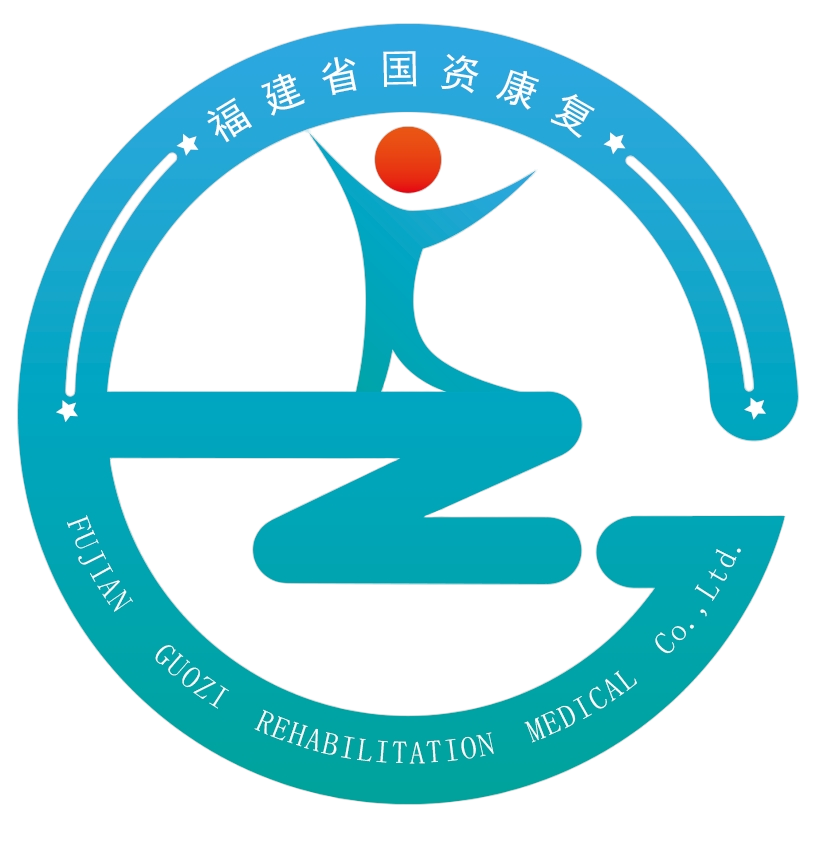Understanding the Critical Timing of Prosthetic Device Implementation
The journey following amputation surgery represents a crucial period of adaptation and rehabilitation. Medical professionals and rehabilitation experts strongly advocate for the early introduction of a disability prosthesis, typically within the first few weeks post-surgery, once initial healing allows. This approach has demonstrated significant benefits for both physical recovery and psychological adjustment, setting the foundation for successful long-term rehabilitation outcomes.
The integration of a disability prosthesis during the early stages of recovery has shown remarkable results in maintaining muscle strength, preserving joint mobility, and preventing the development of compensatory movement patterns that could lead to secondary complications. This proactive approach to rehabilitation has revolutionized how healthcare providers address post-amputation care and recovery strategies.
Physical Benefits of Early Prosthetic Intervention
Muscle Preservation and Strength Development
When patients begin using a disability prosthesis early in their recovery journey, they experience significant advantages in maintaining muscle integrity. The residual limb muscles remain active and engaged, preventing atrophy that commonly occurs during extended periods of non-use. This early intervention helps preserve the strength and functionality of the remaining musculature, which proves essential for long-term prosthetic success.
Regular use of a prosthetic device from an early stage also promotes the development of new muscle memory patterns. This neurological adaptation is crucial for achieving natural movement patterns and optimal functional outcomes. The body learns to integrate the prosthesis as an extension of itself, leading to more intuitive control and improved coordination.
Joint Health and Range of Motion
Early prosthetic fitting helps maintain proper joint alignment and prevents the development of contractures. When patients delay prosthetic use, they risk developing tight joints and limited range of motion, which can significantly impact their ability to use a prosthesis effectively in the future. Regular movement with a disability prosthesis keeps joints flexible and functional, reducing the risk of complications.
The consistent use of a prosthetic device also helps distribute body weight more evenly, preventing overuse injuries in the intact limb and maintaining better overall body mechanics. This balanced approach to movement and weight distribution is essential for long-term joint health and mobility.

Psychological and Social Advantages
Enhanced Mental Recovery and Adaptation
The psychological benefits of early prosthetic intervention cannot be overstated. Patients who begin using a disability prosthesis soon after amputation often experience better emotional adjustment to their new situation. The ability to stand, walk, or use their prosthetic limb for daily activities provides a sense of normalcy and independence that significantly boosts morale and motivation during the rehabilitation process.
Early prosthetic use also helps prevent the development of phantom limb anxiety and depression that can occur when patients feel disconnected from their body image. The physical presence and functionality of the prosthesis serve as a tangible aid in processing the psychological aspects of limb loss.
Social Reintegration and Independence
The early introduction of a disability prosthesis facilitates faster social reintegration and return to daily activities. Patients can begin practicing essential life skills and maintaining their social connections while their support system is actively engaged in their recovery process. This timing is crucial for preventing social isolation and maintaining professional relationships.
The confidence gained from early mastery of prosthetic use enables individuals to participate more fully in community activities and maintain their professional responsibilities. This active engagement in social and professional spheres contributes significantly to overall quality of life and long-term success in adaptation.
Rehabilitation Efficiency and Long-term Outcomes
Accelerated Recovery Timeline
Research demonstrates that patients who begin using a disability prosthesis early in their rehabilitation process typically experience faster overall recovery. The combination of physical therapy and prosthetic training during the initial recovery phase creates a synergistic effect, optimizing the rehabilitation timeline and improving functional outcomes.
Early intervention also allows healthcare providers to identify and address potential issues before they become significant problems. This proactive approach to rehabilitation helps prevent complications and reduces the need for corrective interventions later in the recovery process.
Cost-Effective Recovery Management
While the initial investment in a disability prosthesis may seem substantial, early implementation often proves more cost-effective in the long run. Patients who begin prosthetic use early typically require fewer rehabilitation sessions and experience fewer complications, resulting in lower overall healthcare costs.
The economic benefits extend beyond direct medical expenses, as early prosthetic users often return to work sooner and maintain greater independence, reducing the need for ongoing support services and assistance. This comprehensive approach to recovery management demonstrates the value of early prosthetic intervention from both a medical and financial perspective.
Frequently Asked Questions
When is the earliest a patient can be fitted for a disability prosthesis?
The timing varies depending on individual healing rates and medical conditions, but initial prosthetic fitting can often begin as early as 3-6 weeks post-surgery, once the surgical site has adequately healed and swelling has sufficiently decreased. The process typically starts with a temporary prosthesis while the residual limb continues to change shape.
How long does it take to adjust to using a new prosthetic device?
Adjustment periods vary among individuals, but most patients achieve basic competency within 2-4 months of consistent use and training. Full adaptation and advanced functional capabilities typically develop over 6-12 months of regular use and rehabilitation exercises.
What factors might delay early prosthetic fitting?
Several factors can affect the timing of prosthetic fitting, including wound healing complications, significant residual limb swelling, underlying medical conditions, and infection. Healthcare providers carefully evaluate these factors to ensure safe and appropriate timing for prosthetic implementation.




